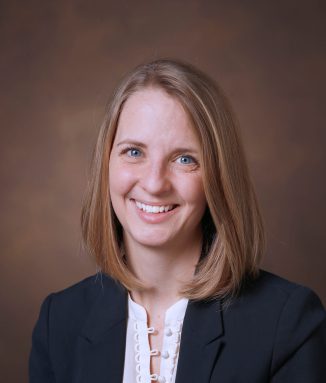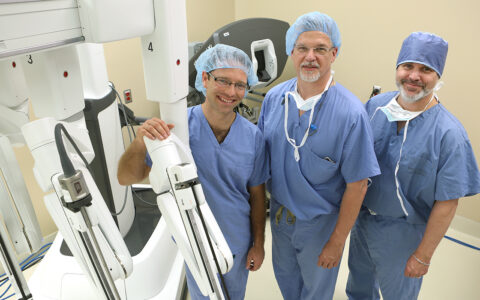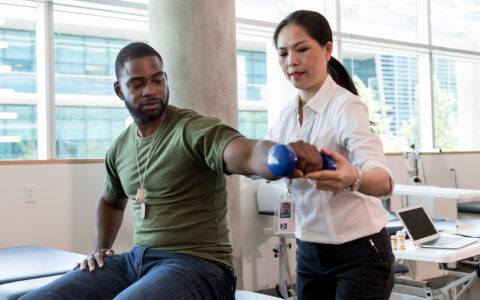Vanderbilt Health is piloting an AI-based assistant called DAX Copilot for recording patient notes to help reduce the burden of documentation for clinicians.
The tool, created by Nuance and purchased by Microsoft, was designed to capture conversations between a clinician and a patient during an office visit, explained Dara Mize, M.D., chief medical information officer at Vanderbilt University Medical Center.
“It uses ambient voice technology and artificial intelligence to generate a note based on a recording that it creates,” Mize said.
DAX is short for Dragon Ambient eXperience, which is integrated with Epic. After transcribing the voice recording, the system generates a draft note in eStar that is available for the physician to review and edit as needed, almost immediately.
A previous version of the tool, DAX Full Service, was tested by Vanderbilt about a year ago. That version required a human to edit the note, which meant it took about four hours for the information to become available to the clinician.
Pilot Expansion
Vanderbilt rolled out DAX Copilot in mid-March 2024, initially with 10 physicians. It has since expanded to 50 clinicians across many specialties at VUMC. The tool works best for interactions that don’t make use of highly structured or pre-templated notes, but where clinicians instead have more narrative interactions with their patients, Mize said. These areas include pediatrics, orthopaedics and family practice, among others.
“The vendors we are working with continue to expand the settings and use-cases for this technology,” she said. “While our initial pilot has been in ambulatory setting for interactions between a provider and patient, future iterations will include support for other settings, such as the Emergency Department and inpatient rooms, and for other roles, such as nurses.”
Using the digital scribe tool could lead to modifications in the ways clinicians engage with their patients. For example, a doctor might need to use more explicit medical terminology when interacting with patients to be sure that language is included in the note.
“It’s important for clinicians to remember that the tool can’t read their mind,” Mize said. “It can take some thought to articulate exactly what you want it to capture.”
Also, because the draft note is generated using artificial intelligence, it won’t necessarily reflect the style or tone of voice the clinician is using.
“For some people, a note is a very personal thing,” she said. “Clinicians have to be willing to accept that this type of note may not be the same in tone or language used when generating a note themselves.”
However, she added, many Vanderbilt clinicians are discovering ways to work with the tool to produce notes with less editing.
So far, the rollout appears positive.
“Our users are giving a lot of good feedback and much of that feedback has been shared with Microsoft to help them improve the functionality of the tool,” Mize said.
“The goal is to let our healthcare workers get back to what they do best – focusing their attention on patients.”
“We’ve already started to see improvements in the note content based on the feedback our clinicians provided. And while some users feel very positive about this technology and are finding that it is creating significant time savings for them, others say the technology isn’t quite ready or is not optimal for their workflow.
“I feel confident that the technology will only continue to improve over time, and I look forward to expanding it to other settings and user roles in our healthcare system. The goal is to let our colleagues get back to what they do best – focusing their attention on patients.”




